New Scientist covers the latest developments in science and technology that will impact your world. New Scientist employs and commissions the best writers in their fields from all over the world. Our editorial team provide cutting-edge news, award-winning features and reports, written in concise and clear language that puts discoveries and advances in the context of everyday life today and in the future.
Elsewhere on New Scientist
Follow the pseudoscience • Politicians should stop using science-sounding concepts to sell unscientific policies
New Scientist
Severe Indian heatwave • Vulnerable people and wheat harvests are at risk from temperatures forecast to soar above 40°C, reports Adam Vaughan
Flawed asylum science • Scientific ways of determining the age of a person don’t exist, so UK plans to send adult asylum seekers abroad could put children at risk, reports Jason Arunn Murugesu
‘Selfish’ genetic sequences jumped from snakes to frogs via parasites
China still investing heavily in new coal-fired power plants
Insects and lab-grown meat could reduce food emissions by 80 per cent
Copper wire could achieve gigabit broadband speeds
DNA bases found in space rocks • We have now discovered all four building blocks of DNA in meteorite samples
Bloodworm’s copper fangs could inspire new materials
Spiders catapult after mating to escape death
We can tell how much CO2 in air is from burning fossil fuels
Tiny machine parts made of self-assembled proteins
Rock dust can help UK meet net-zero carbon removal goal
‘Viking skin’ nailed to medieval church doors in England is actually animal hide
Brakes instead of motors make robot arms more efficient
Surveillance drone saves power by crashing into walls
Global warming and farming may have already hit insects
Planetary scientists call for NASA missions to Uranus and Enceladus
Dolphins that are hand-fed by tourists become less social
Fossil skull hints feathers date back 250 million years
CRISPR used to treat brain cancer in mice
Leap forward for printing objects
Really brief
Campfire rock art could look animated
Mystery of weird ridges on Europa may have been solved
Synthetic nerve cells created in the lab
Say it loud and clear • The public needs to hear about science from the people who do it, without government spin getting in the way, argues Fiona Fox
This changes everything • The remote future Working from home might sound enticing, but a two-tier system is emerging in which it is valued less by employers. This division will only grow, warns Annalee Newitz
Inner space
Your letters
How physics shaped the world • This account of 12 significant discoveries in physics is detailed yet pacy – and has a cheering takeaway for the future, says Elle Hunt
Impossible murders • Elisabeth Moss is after a killer who is defying all known laws of reality in this unsettling sci-fi thriller, finds Bethan Ackerley
Don’t miss
The games column • Post-apocalyptic adventures Horizon Forbidden West continues the story of Aloy, a hunter in a future world ravaged by climate change and dominated by robotic animals. It is even better than its predecessor, says Jacob Aron
Ageing upturned • New insights into the ageing process show that growing older might not be a one-way street, reports Claire Ainsworth
Secrets of the immortal jellyfish
Bad dog! • Free-roaming canines and even pet dogs are taking a terrible toll on wildlife, as Aisling Irwin discovers
How to be an eco-friendly dog owner
Is it fair to keep a dog?
A new slant on the cosmos • The idea that the universe looks more or...
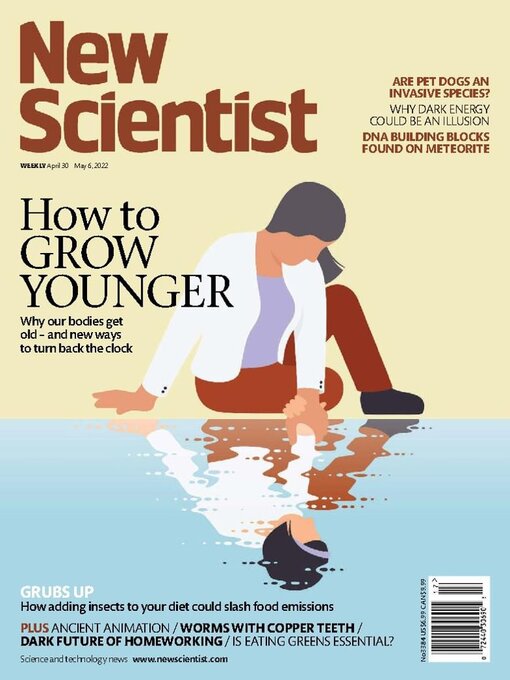
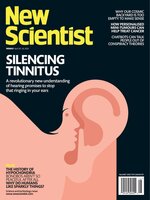 Apr 20 2024
Apr 20 2024
 Apr 13 2024
Apr 13 2024
 Apr 06 2024
Apr 06 2024
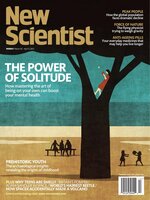 Mar 30 2024
Mar 30 2024
 Mar 23 2024
Mar 23 2024
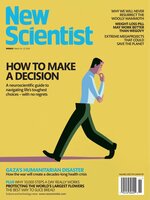 Mar 16 2024
Mar 16 2024
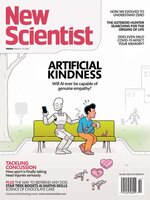 Mar 09 2024
Mar 09 2024
 Mar 02 2024
Mar 02 2024
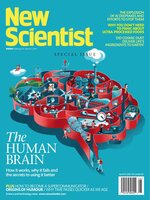 Feb 24 2024
Feb 24 2024
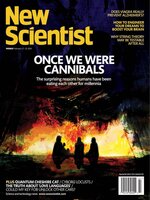 Feb 17 2024
Feb 17 2024
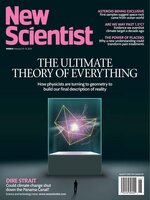 10 Feburary 2024
10 Feburary 2024
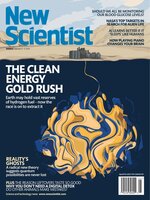 Feb 03 2024
Feb 03 2024
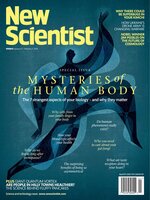 Jan 27 2024
Jan 27 2024
 Jan 20 2024
Jan 20 2024
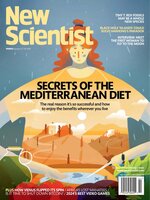 Jan 13 2024
Jan 13 2024
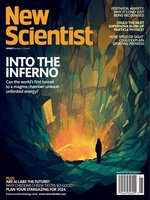 Jan 06 2024
Jan 06 2024
 Dec 30 2023
Dec 30 2023
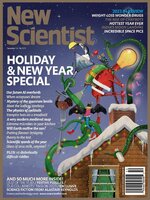 Dec 16 2023
Dec 16 2023
 Dec 09 2023
Dec 09 2023
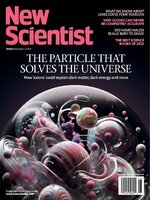 Dec 02 2023
Dec 02 2023
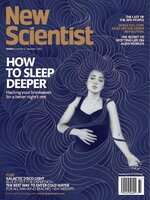 Nov 25 2023
Nov 25 2023
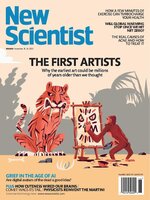 Nov 18 2023
Nov 18 2023
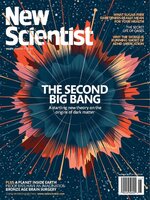 Nov 11 2023
Nov 11 2023
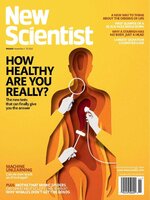 Nov 04 2023
Nov 04 2023
